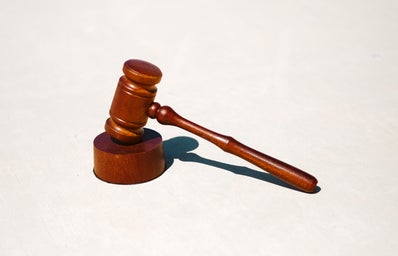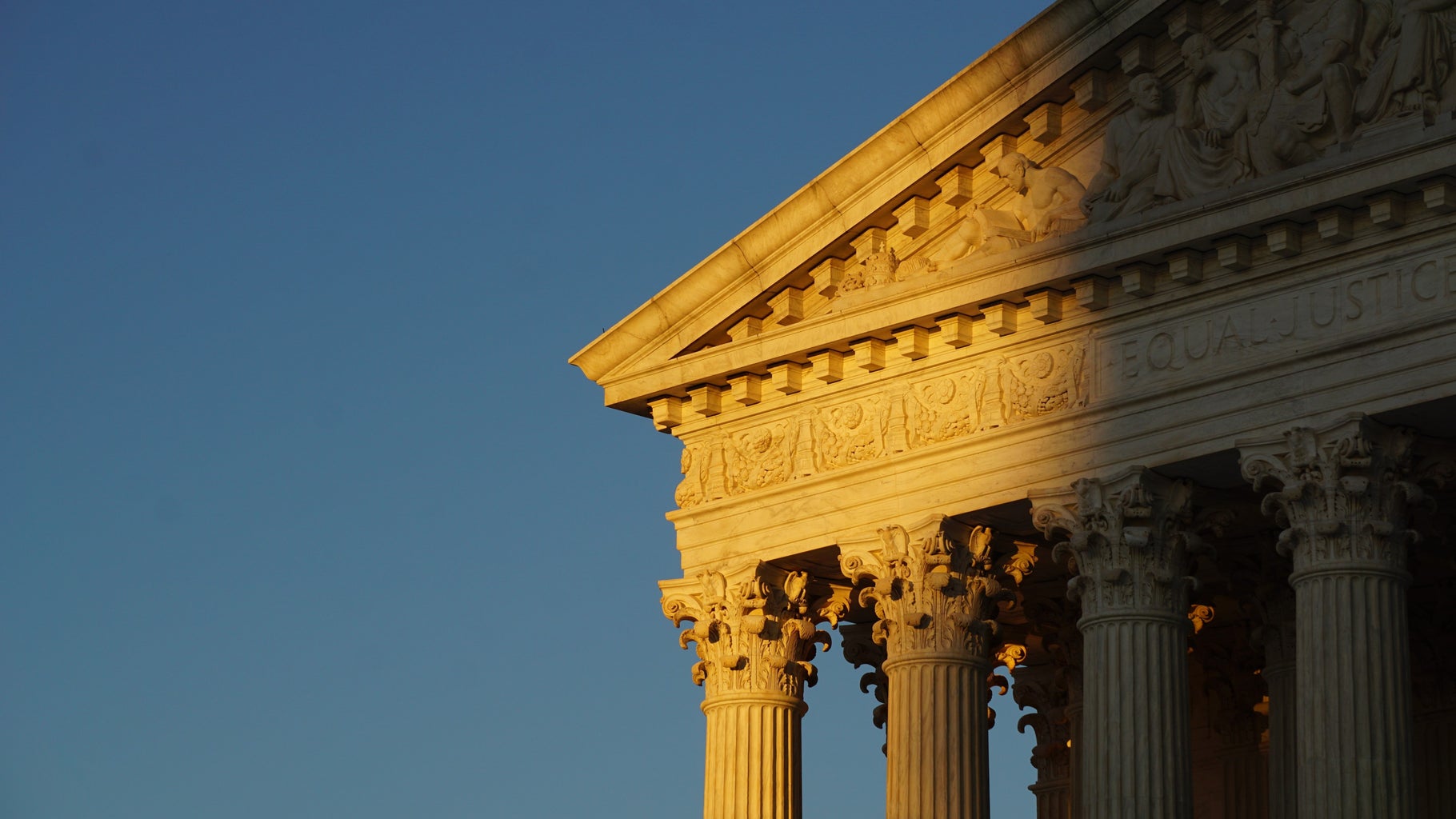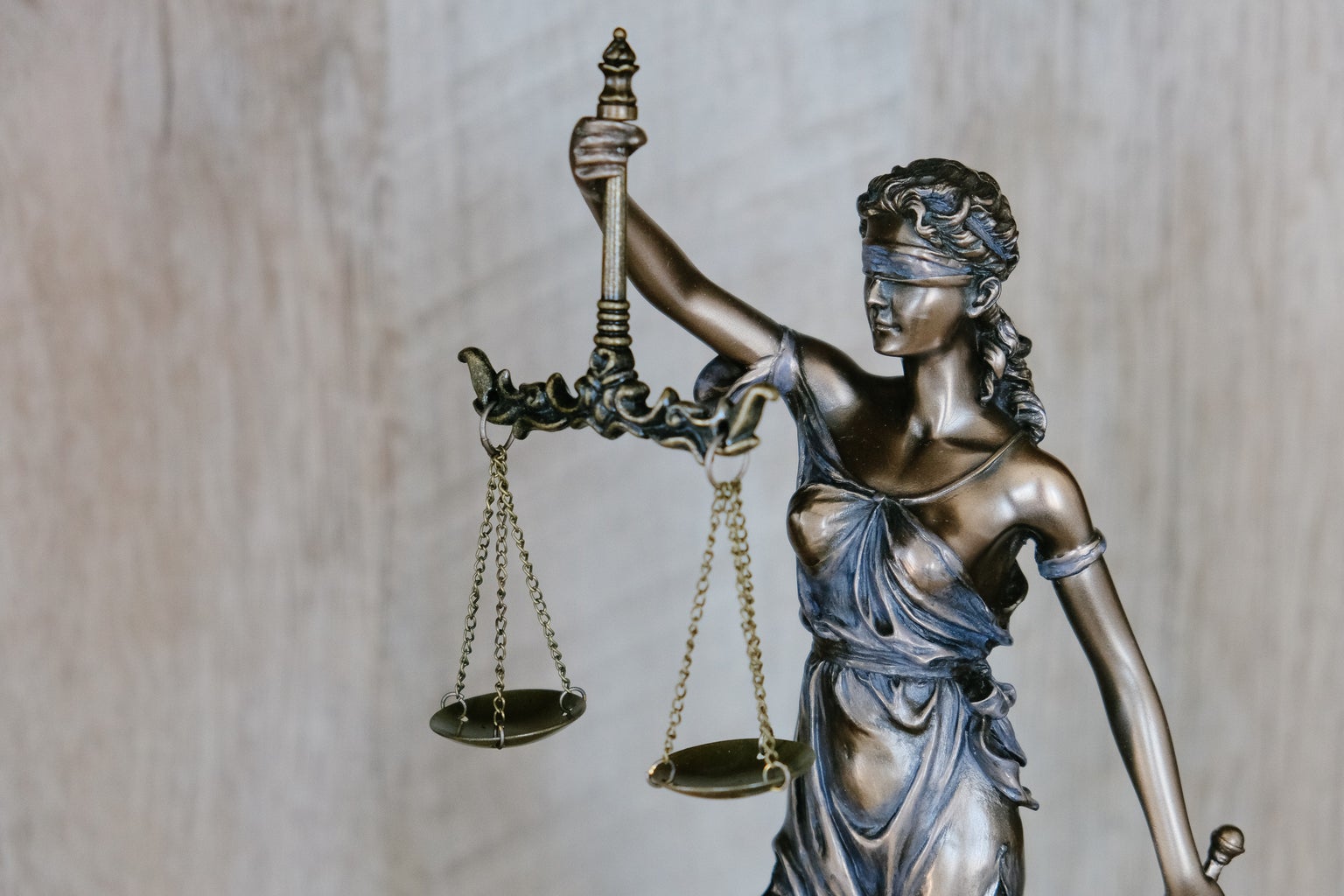In today’s digital landscape, the intersection of technology and law presents a variety of legal questions. One of the more prevalent questions is about what constitutes fair use of AI, especially since these AI models are trained on data from the World Wide Web. Here are some of the insights I’ve learned so far in my Digital Law class this quarter.
First, what is fair use? Fair use is a doctrine within copyright law. It allows for the limited use of copyrighted material without the permission of the copyright holder. There are four factors that go into evaluating whether someone’s work constitutes fair use. The first factor is the transformative factor in which the material taken is evaluated based on whether new information, meaning, or expression has been added. The second factor is the nature of the copyrighted work, which considers whether the actual copyrighted work is more factual or creative in nature. Typically, the use of factual works is more likely to be considered fair use than highly creative or fictional works. Third is the amount and substantiality factor, which assesses the quantity and quality of the portion of the copyrighted work that has been used in relation to the work as a whole. Lastly, the fourth factor is the effect on the market, which considers the potential impact of the use on the market value or potential market of the copyrighted work. In each court case, courts will typically go through each fair use factor to determine whether someone who has used a copyrighted work infringed on another’s copyright or if that work falls under fair use.
Now, with respect to AI, several questions emerge concerning whether AI training data counts as fair use. For example, if an AI system creates a work based on copyrighted material, does it count as fair use? If it doesn’t, who is held liable for copyright infringement? Some argue that the AI model is simply unable to distinguish between copyrighted and uncopyrighted material. However, others say that using AI, especially AI-generated images, may allow that person to profit directly, constituting an infringement. As technology evolves, copyright law has attempted to address these questions, but my biggest takeaway so far is that this issue isn’t so cut and dry. Not all future contexts are predictable and fair use could be evaluated differently with each court case. On the one hand, if a court finds that fair use is valid in a particular case, many businesses could continue to profit from others’ copyrighted material. On the other hand, if fair use defense fails, investment in AI may fall, which could also overturn the overall goals of promoting science and arts with technology.
Thus, many of these questions are still up in the air, but as courts make rulings on these types of cases, new precedents will be set, which could influence AI and the law in future contexts. With each of these pending lawsuits, the future legality of AI tools will continue to change the legal field, drawing lines between the technical and the creative.




